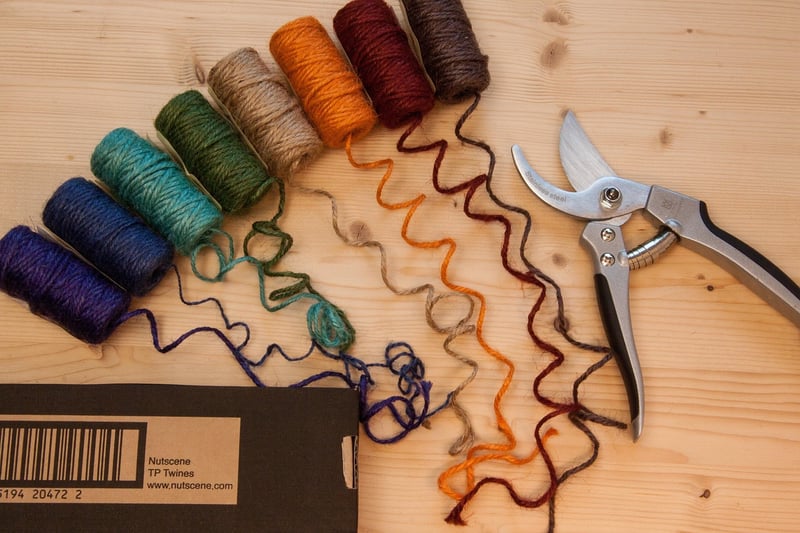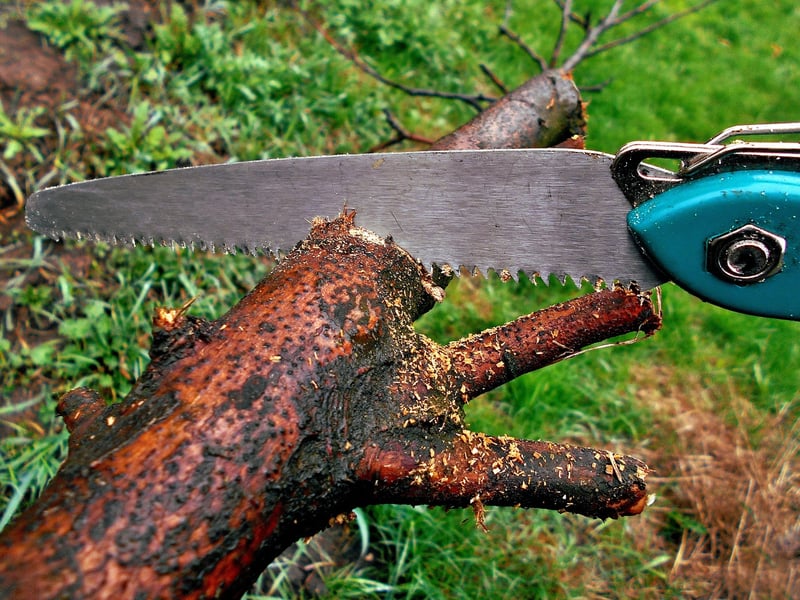Pruning Basics
Maintaining Healthy Plants: Pruning Basics
Proper pruning is an essential skill for any gardener looking to keep their plants healthy and thriving. By understanding the basics of pruning, you can encourage new growth, shape your plants, and prevent disease. Here are some tips to help you master the art of pruning:
1. Why Prune?
Pruning helps promote plant health by removing dead or diseased branches, improving air circulation, and shaping the plant for aesthetic purposes. It also encourages new growth and can increase fruit production in fruit-bearing plants.
2. When to Prune?
The best time to prune depends on the type of plant. In general, pruning during the dormant season (late winter or early spring) is ideal for most deciduous plants. However, some plants, like spring-flowering shrubs, should be pruned right after they bloom.
3. Tools for Pruning
Make sure you have the right tools for the job, including sharp bypass pruners, loppers for thicker branches, and a pruning saw for large branches. Keeping your tools clean and sharp will ensure clean cuts that promote faster healing.
4. How to Prune?
When making cuts, always prune at a 45-degree angle just above a bud or lateral branch. Remove dead or diseased branches first, then focus on shaping the plant by cutting back to outward-facing buds to encourage new growth.
5. Common Mistakes to Avoid
- Avoid pruning too late in the season, as it can stimulate new growth that may be damaged by frost.
- Do not remove more than 1/3 of the plant's growth in a single pruning session to avoid stressing the plant.
- Avoid leaving stubs when making cuts, as they can invite disease and slow down healing.
6. Benefits of Pruning
Regular pruning can improve plant health, promote better flowering or fruiting, enhance overall appearance, and prevent potential hazards like falling branches. It also allows you to shape plants to fit your desired aesthetic.
7. Conclusion
Pruning is a valuable skill that every gardener should master to keep their plants healthy and beautiful. By following these basic pruning tips and understanding the importance of proper pruning techniques, you can ensure your plants thrive year after year.

Remember, each plant may have specific pruning needs, so always research the particular plant species you are working with to ensure you prune them correctly.
Happy pruning!
